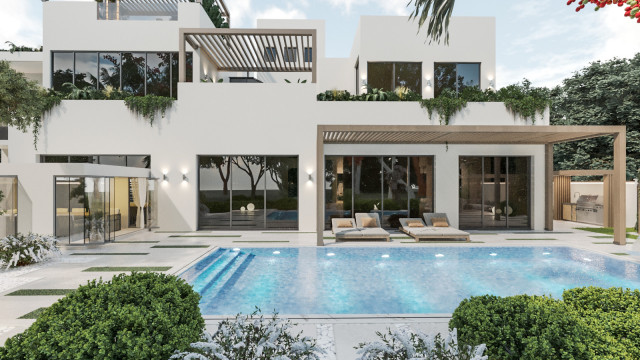FURNITURE SHOPPING CONSIDERATIONS
Like relocating, properly furnishing your home may be a stressful task, especially since buying furniture in Miami might seem so permanent. But if you adhere to a few wise shopping guidelines, you may reduce your anxiety and make the right decisions without feeling hurried. After you've decided what furniture is needed, size and form start to matter. Space limitations, aesthetics, practicality, and style should all be taken into account. Yet, there should be guidelines for each item; for instance, how many drawers should a chest of drawers have? - The utilization of luxury furniture is closely related to practical concerns.
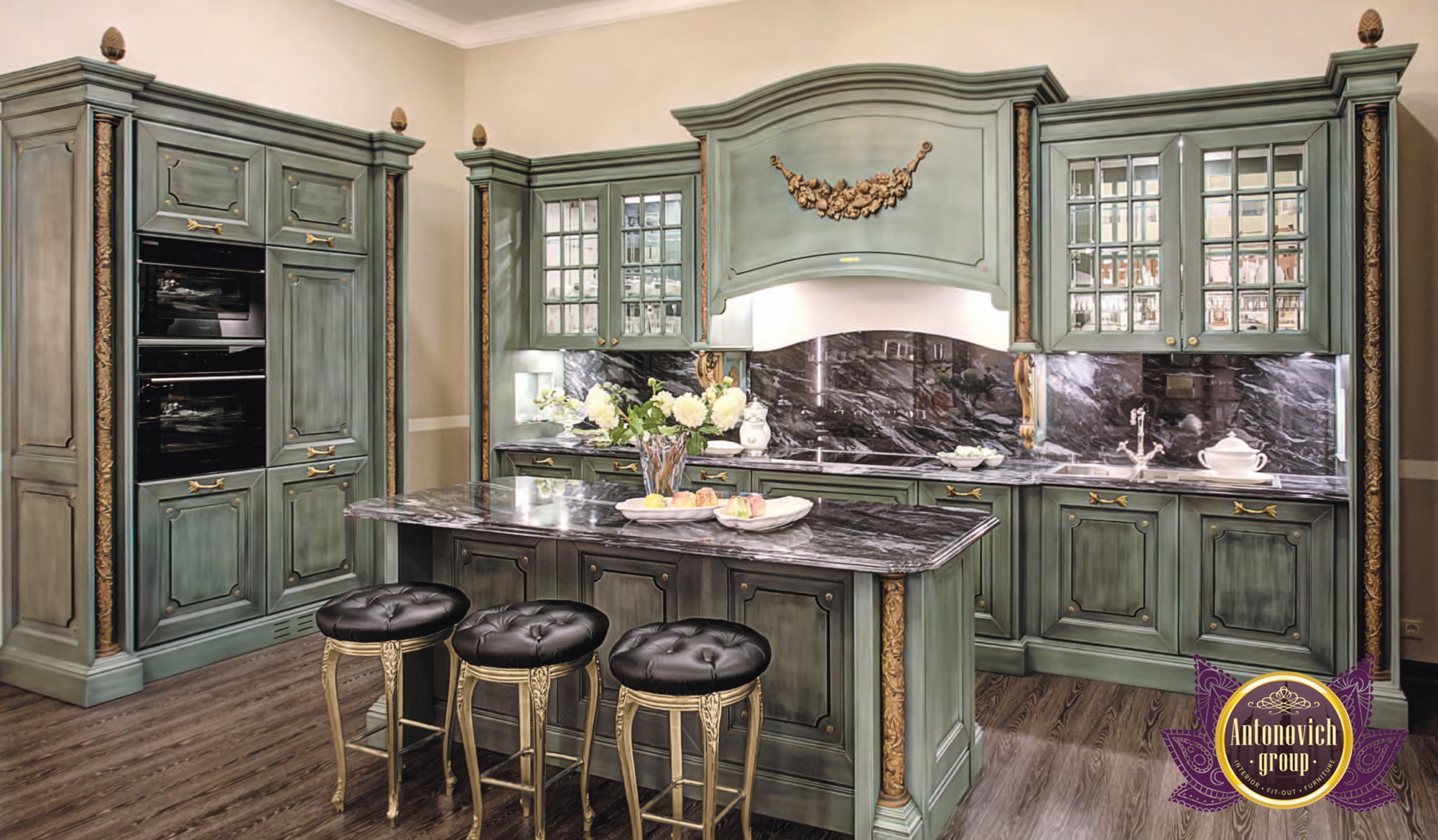
How many guests will be seated at the dinner table? Aspects of plasticity (aesthetics) are pertinent to integrated space design. For instance, whether tall or low furniture is required for the space, if the furniture will be straight or curved, etc. Lastly, as was already said, the distribution and size of the furnishings are determined by the available space. All furniture must always be related to the available space before being purchased. Look to see whether their sizes are appropriate for the overall design; a sectional, for instance, would not be the best option for a small living space. The room's real size and the various furniture arrangements, such as the size of a window or how near a door is, must also be taken into consideration.
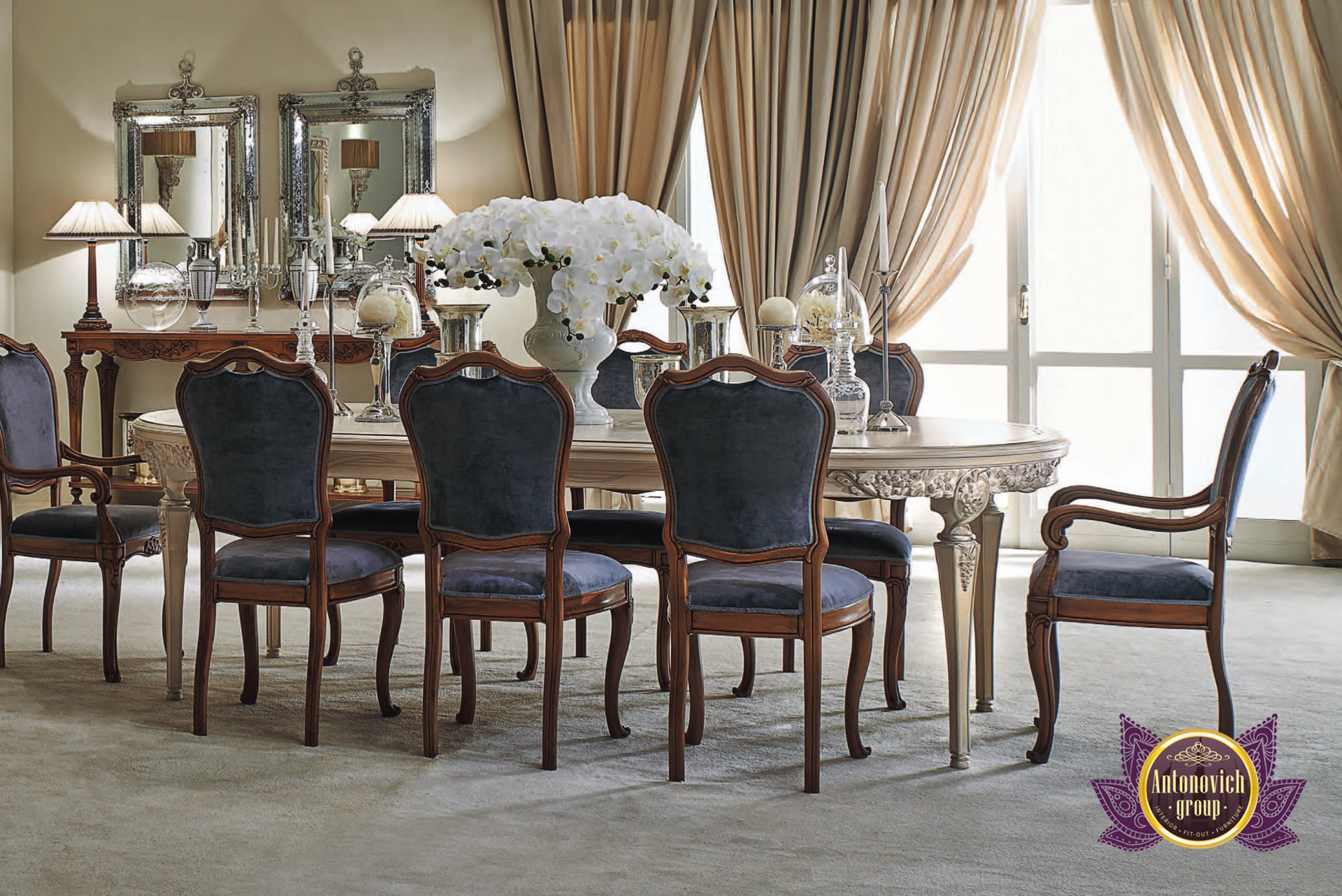
What is most often admired in terms of aesthetics, style, color, and other factors should serve as your second point of reference when choosing furniture for your house. The project's overall look will be taken into consideration while making these choices. By enhancing the overall appearance of the space, Miami furniture may considerably aid in creating and achieving the final aesthetic impression you seek. In Miami, furniture must be made from a material suitable for its intended use. Wood and some upholstery fabrics are examples of materials that are stronger and more durable than others. Although lacquered tables have a lovely aesthetic, they require substantial maintenance and cannot endure repeated family dinners. The best option in this situation is flooring made of hardwood or laminate.

While chenille is more delicate and more prone to stains than imitation leather, both fabrics behave similarly. The project's overall design must take into account the warmth of wood, the modernity of lacquer, and the coldness of marble. Materials and textures should be integrated and combined (for example, in flooring, fabrics, and curtains) since they speak for themselves.
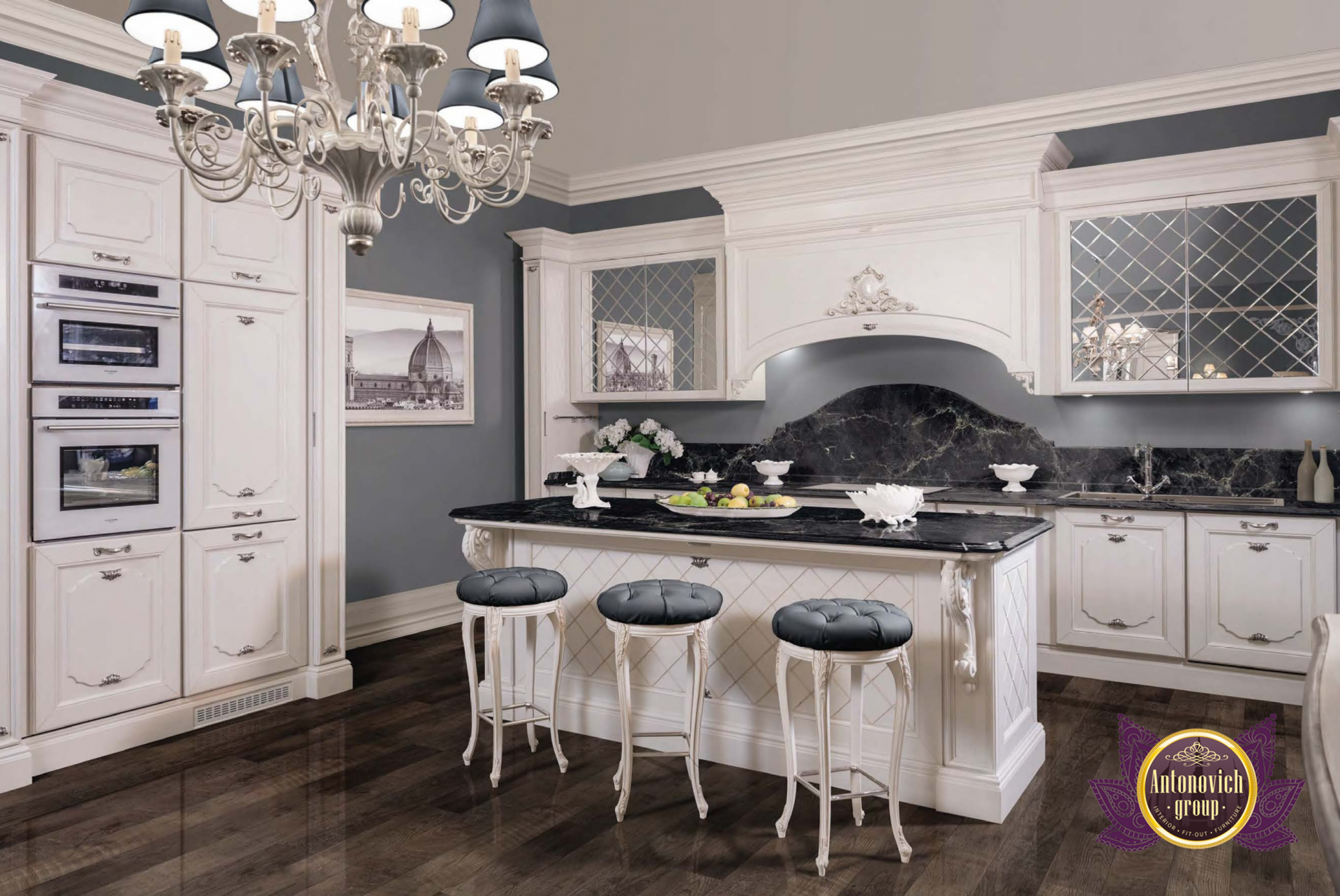
Always keep in mind that not every piece of furniture you like will look excellent in your home. Consider utility, durability, need, and beauty when making a purchase. Of course, the most important factor is that you love your furniture, but before getting rid of everything, consider the area, measure your room and furniture, and evaluate what you already have. This will help you maintain objectivity. If you keep these things in mind, designing a beautiful space that fits your lifestyle will be simple. Generally speaking, it is best to select one main theme for a room and then use contrast to support your design.
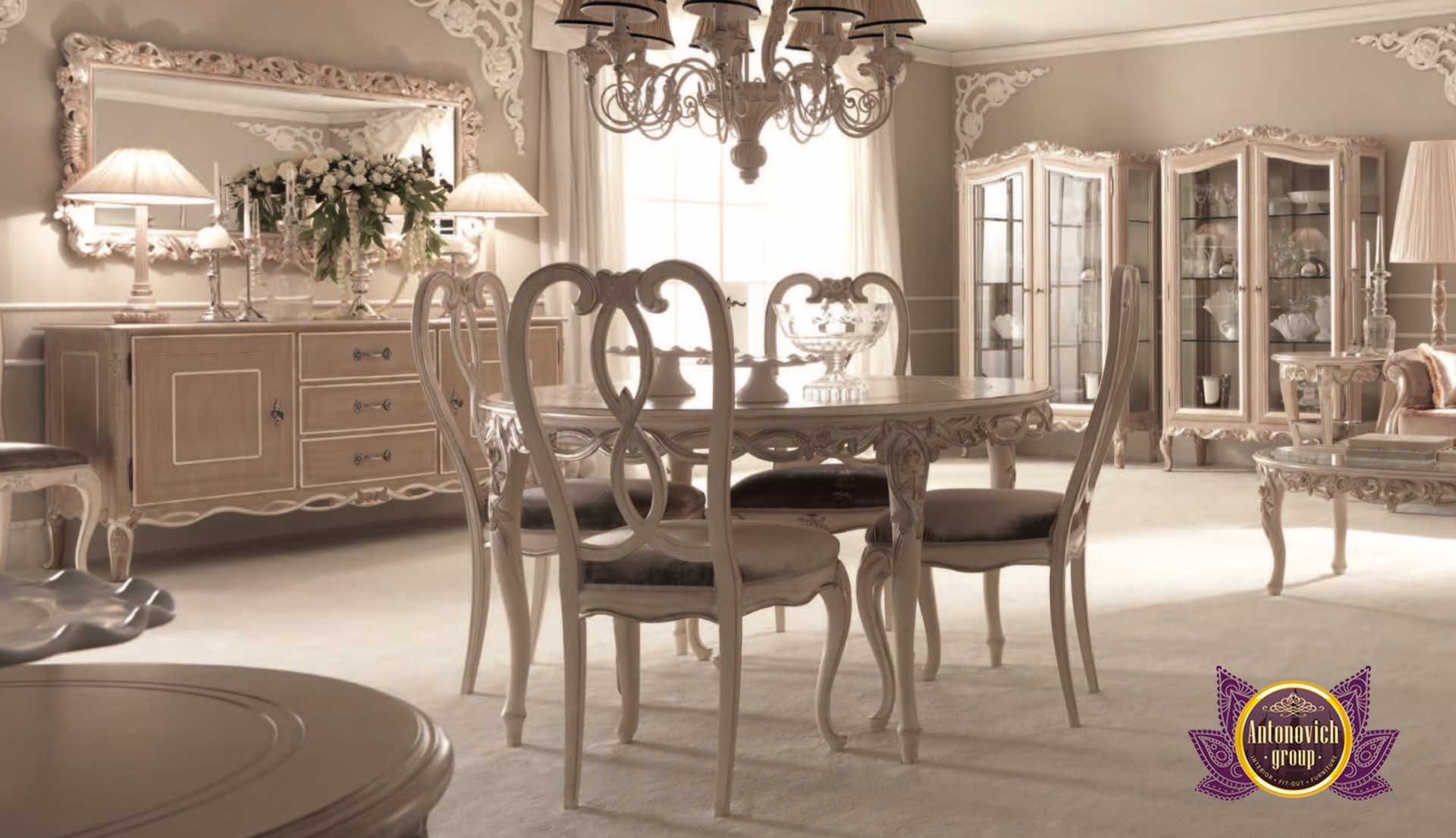
Look for inspiration in TV programs, magazines, books, catalogs, websites, and furniture discussion forums if you want to do some study on home décor. To narrow down your options, many professionals may suggest you to compile a scrapbook of the styles you enjoy. Above all, keep in mind that it is up to you, not the decorator, your best friend, or your mother, to enjoy your surroundings.











